What a trip to Latvia taught me about the history of Children's Books
Will a new series of texts on the history of illustration be born? + a few personal reflections ✨
A few weeks ago, I went to Latvia to visit a couple of friends — their youngest child was born just a few months ago. Little did I know that this trip would show me how little I know about children's book illustration.
Since it’s a house with two kids and a mom who loves illustration and used to be a tattoo artist, there were a lot of children's books around. One afternoon, while we were chatting, she mentioned she wanted to show me some books she thought I’d enjoy because of the illustrations.
As the days went by, we never actually sat down to look at them together — we spent most of our time talking about life, playing with the kids, and helping out around the house.
But every evening, once the kids went to bed (and the house got quiet pretty early because of their sleep schedule), I found myself with some time to kill. So, I took the liberty of going through the books on my own (Now my friend knows that I looked at the books; I forgot to tell her😅). But to be fair, they were easily accessible in the living room, where I spent most of my time anyway.
She was absolutely right, I loved many of the illustrations. I snapped a few photos to remember them, and here they are:
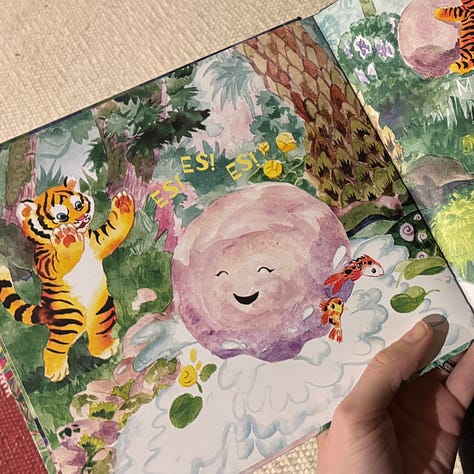
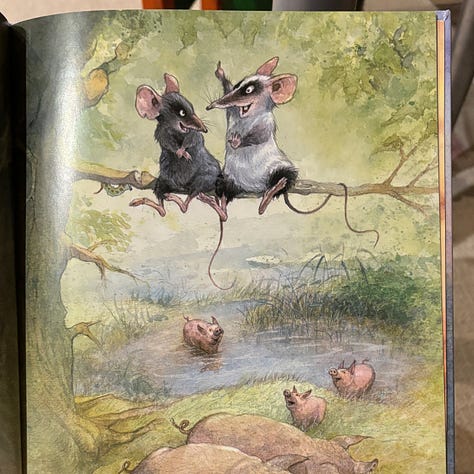

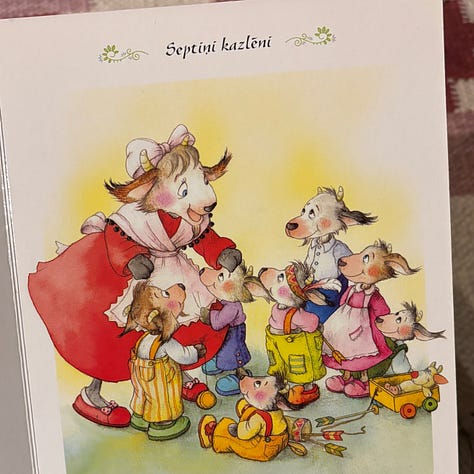
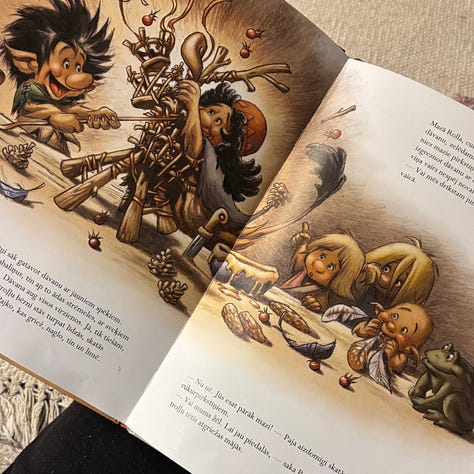
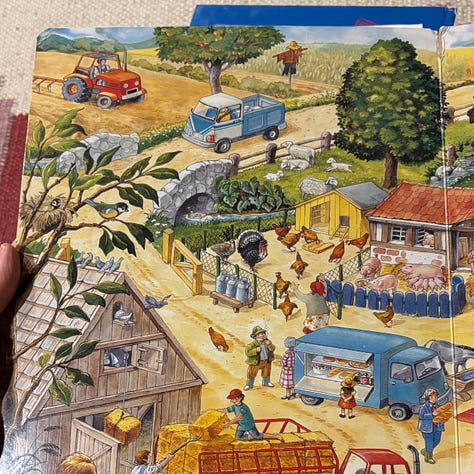
These are children's books where the illustrators used traditional painting techniques like watercolor, tempera, and colored pencils. I just love that style. Up until then, the only similar work I knew of was Beatrix Potter’s. But I completely fell in love with the work of Antonio Lupatelli and Peter Cross.
It was only after this trip that I learned about something called The Golden Age of Illustration (please don’t judge, I’ll explain why I didn’t know about it in a sec). Since then, I’ve been digging into illustration history and realizing how much I still have to learn. Until recently, I only knew about art history and whatever books are currently available in stores.
My background before deciding to become an illustrator
Let’s rewind to the 1990s, to a small town in the state of Santa Catarina, Brazil. That’s where I was born and raised. I come from a family that didn’t have the chance to finish school, so reading wasn’t really a thing in my childhood.
I never had picture books while growing up. My very first book was actually an atlas, which was gifted to me by a family friend when I was five years old. It was huge, measuring about 40 x 58 cm. I remember flipping through its pages and playing a game where I tried to find all the different industries, dams, minerals, and crops (it illustrated the main economic activities in each continent). I also enjoyed trying to memorize the flags of the countries.
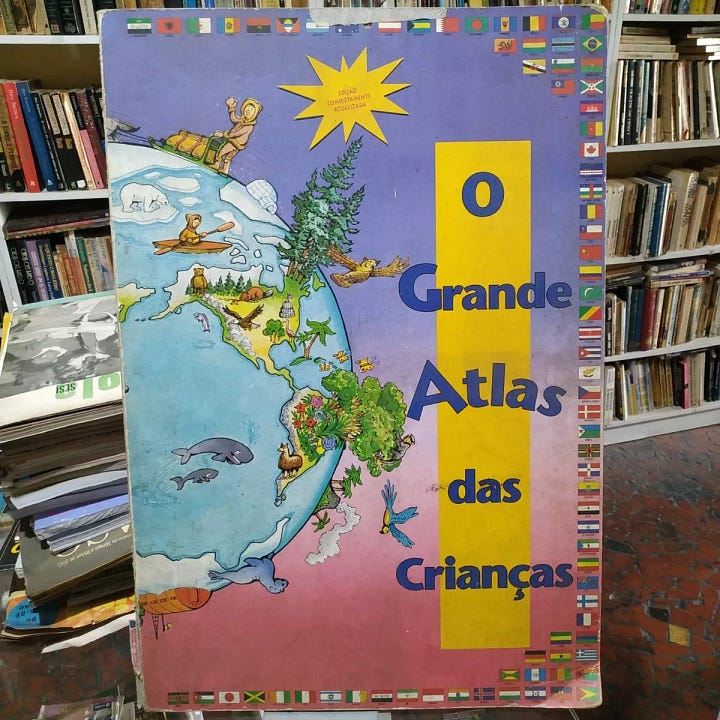

Later, when I started school at age 7, I finally had regular access to books. Even though no one at home read, I really enjoyed borrowing books from the school library. At that age, I loved fairytales and some Disney stories (I didn’t even know what Disney was, I just liked the stories). As I got older, I got into comics, especially Turma da Mônica (a Brazilian comic series), and Sherlock Holmes.
Fast forward to 2020, that’s when I realized I could actually pursue illustration as a career. But it wasn’t until late 2023 that I decided to really go for it, and specifically aim for children's book illustration because I love the world of children and storytelling. So, I started drawing more and working on my skills. But I’d never taken the time to learn about the history of illustration itself.
That’s mostly because everything in this world still feels very new to me. My current inspirations are working illustrators like Beatrice Blue, Niña Nill, Benji Davies, Oliver Jeffers, and Raahat Kaduji. I just hadn’t realized that children’s books have been around for so long, since the 19th century! It hadn’t even crossed my mind.
So what fascinated me about these older illustrations?
I think it really comes down to personal taste. I love traditional media — watercolor, tempera, gouache, pastels, and pencil. These days, I work digitally because when I first started out, I had access to an iPad. Paying for Procreate was way cheaper than buying a bunch of traditional art supplies — especially since I didn’t even know which ones I’d like or how to use them properly.
Sure, I had some watercolors, but I was still a beginner (and I still am). Procreate felt easier to dive into. And to be honest, I now see digital art as its own medium — it has its perks, like the magical ctrl+z — but it lacks the unpredictability of watercolor, the texture of pencil, or the beautiful imperfections that come with traditional materials. Those little "flaws" give illustrations so much charm, at least for me.
You can replicate traditional effects digitally, but to make it look authentic, you really need to understand how traditional media works.
That’s why I love the illustrations of Antonio Lupatelli, Beatrix Potter, and Peter Cross. They’re all done traditionally and packed with little details. I could spend hours looking at one of their pieces, finding all the tiny stories happening between the characters.
This trip opened up a whole new world of children’s books for me, and it’s been so inspiring. At the same time, I can’t help but feel a little sad because I’d love to illustrate like that one day… but I’m not there yet.
However, I had an idea that I would like to share with you and see if you also find it interesting, because I really liked it.
What if I wrote a little series here on the newsletter exploring the history of illustration? I could focus on different eras (like the Golden Age), explain what made them special, and highlight key illustrators from each time.
I love history, especially when it’s connected to art and illustration, so I think it would be super fun to research and write about. Plus, it’d be something different to share with you all here.
I would like to see your opinion below 👇
Being an anxious illustrator with no income (and trying to figure things out)
Lately, I’ve been having a lot of doubts, wondering if I chose the right path, if it was the right time to change careers, and if I should keep pushing forward.
And honestly, most of those doubts come down to one thing: money.
Yeah, I know, talking about money isn’t fun, but unfortunately, I live in a world where it matters, so I can’t ignore it 🙃.
Right now, I have no income. I used my savings in the first few months after leaving my job as an UI designer, and now I rely on my husband’s financial support. I’m deeply grateful for his help. But I won’t lie, it’s uncomfortable to depend on someone else. That said, I’ve come to terms with it more than I used to (thank you, therapy!).
I’ve been considering going back to work part-time or full-time as an UI designer, just enough to pay the bills and still have time to work on illustration. But then I remember how hard that was before. After a full workday, I was too tired to draw.
So now I’m stuck in this limbo.. I really love illustrating, writing this newsletter, and creating stories. But what can I do in the short term? Another option would be to try and make some money from my art — maybe sell prints or other products, or try to find freelance illustration gigs. But then I start doubting myself again. Do I have the skills? Do I have an audience that would want to buy from me?
In short, I don’t know what to do right now. And the more I think about it, the more anxious I feel.
I guess I’m also thinking about all this because I now understand that
transitioning into children’s book illustration is a long-term journey. It takes time and persistence.
And I do want to become a children’s book illustrator, maybe even an author someday. But what can I do in the meantime?
Anyway, I don’t have answers — just sharing what’s on my mind. Maybe to show that while I have ideas for creating a series of texts about the history of illustration, I am also going through this moment of doubt.
The balance of the life of an illustrator.
If you are also going through a moment of uncertainty, receive my virtual hug💚.
If you've made it this far, thank you very much. I really appreciate your time spent reading my newsletter💚
Charlene ⭐




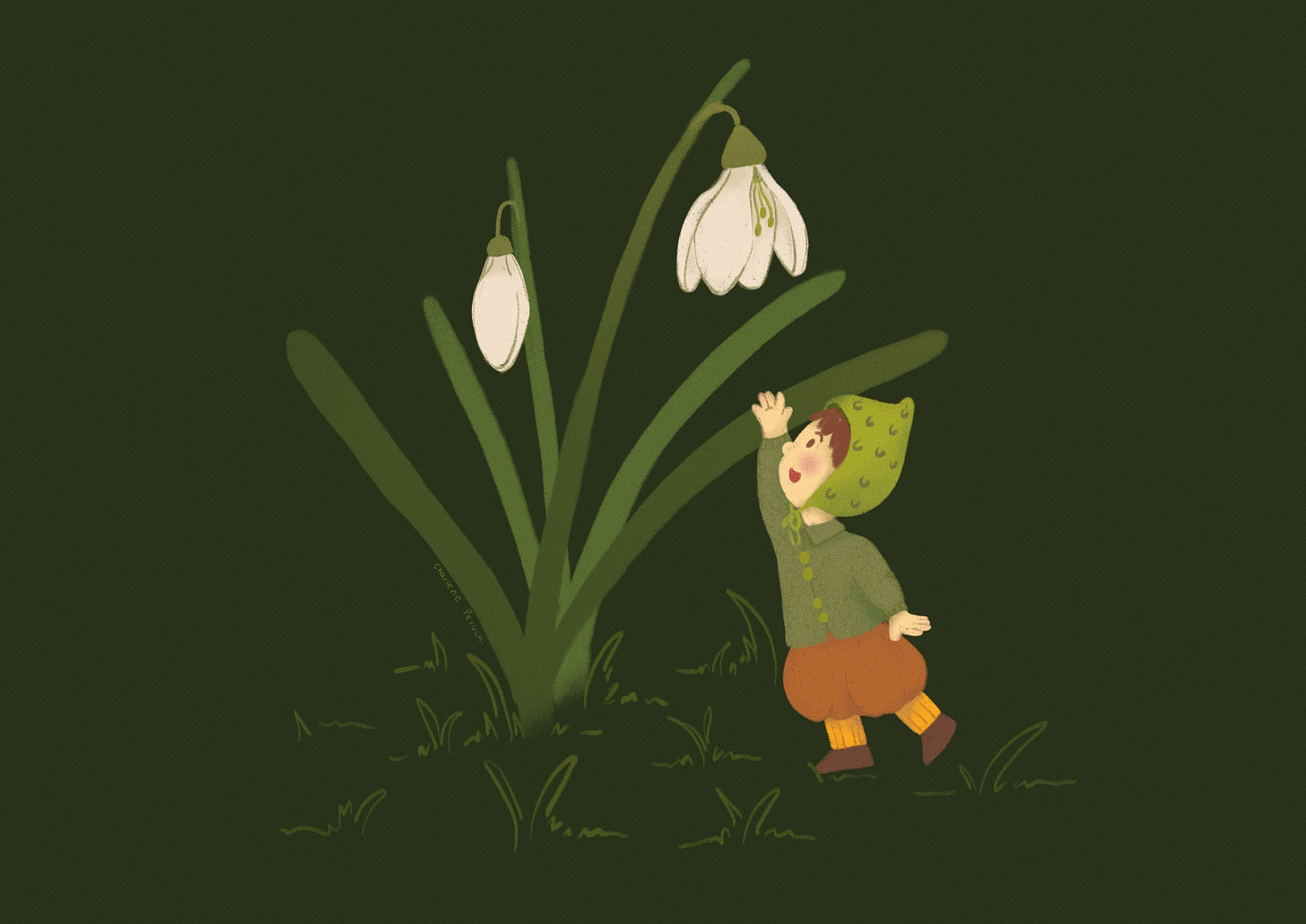


First of all I must say all of the image illustrations are the prettiest things I've seen today Charlene
And then you are so amazing and I understand that it's not easy connecting with kids talk more of understanding and being able to produce something that resonates with them. I've been taking cakes for the past 7 years and I completely get this. I'm Ral, I'm very new here, so I subscribe to have access to your work and I'm so blessed to meet you.
Thank you for being so honest and open about everything you shared! I feel like not many people talk so openly and beautifully about their doubts and struggles. Here I’ve been kind of working part time on a job and I still have time do to my own things. Sometimes not as much as I’d like, but I also know that if I had a gun to my head (no money from my job) I would be stuck trying to create anything just to make money — which wouldn’t be necessarily doing something I’m passionate about. I feel like having a job allows me to work on projects that really resonate with me and give me time to try things out. Not saying that you should get a job hahaha just sharing what works for me. And I would love to read about the history of illustration. I’m super interested in art history but never really take the time to research because there’s so much I don’t even know where to start! Looking forward to read the next issue! ✨